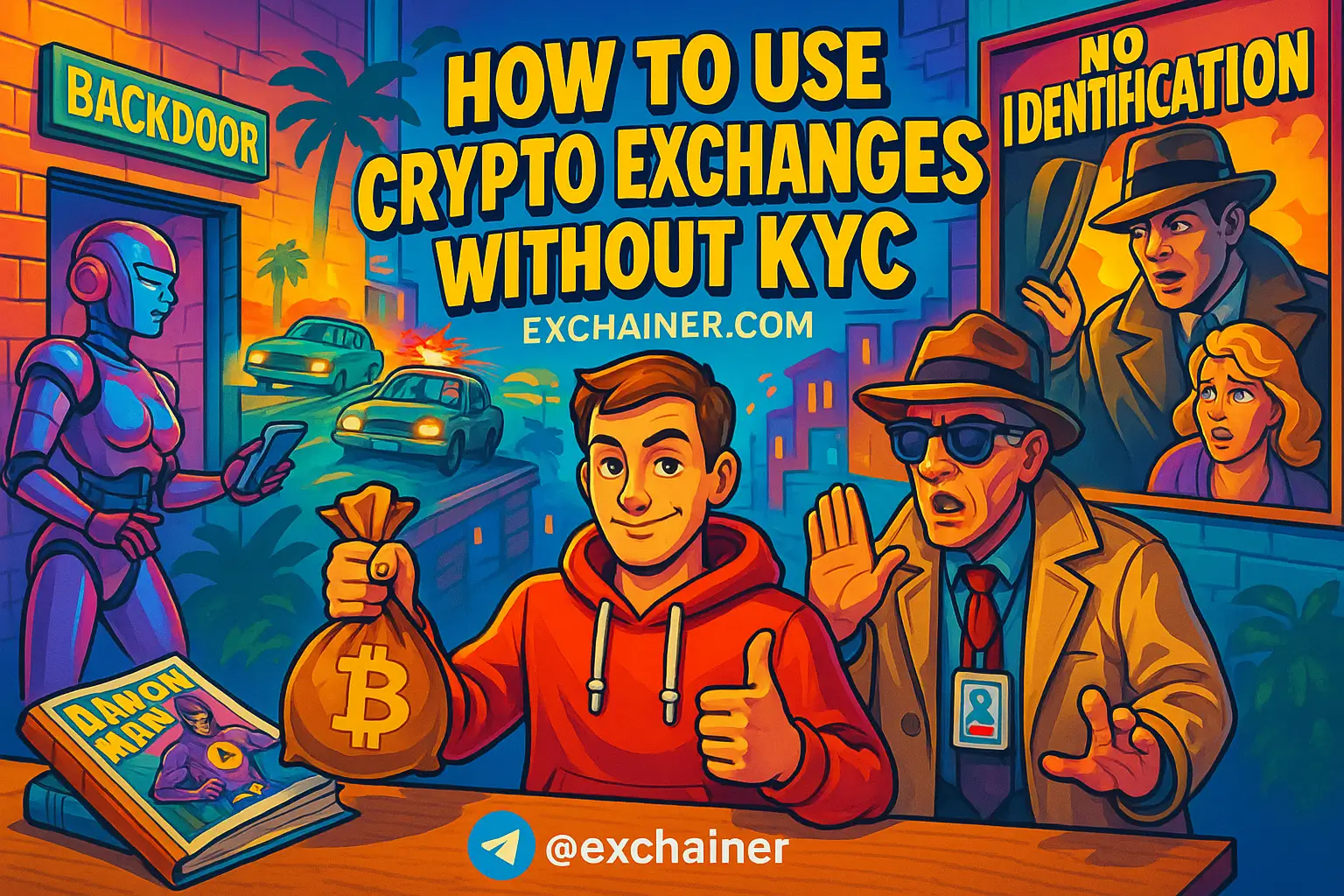Navigating the world of blockchain transactions can be daunting — especially when faced with the often steep costs of gas fees. If you’ve ever tried to execute a transaction on a platform like Ethereum, you know the frustration of seeing your intended transaction cost skyrocket due to gas fees. These fees can make or break your overall trading experience by significantly impacting your wallet. Fear not, friends! In this guide, we will explore effective tips for avoiding high gas fees so you can make the most of your cryptocurrency journey while saving those hard-earned coins.
Understanding gas fees is crucial in managing your transactions effectively. In essence, gas fees are the costs associated with executing transactions on a blockchain network, typically measured in units of “gas.” Various factors influence these fees, such as network congestion, the complexity of transactions, and prevailing market demand for gas. With a solid understanding under our belt, let’s now delve into practical tips that can help you optimize your transactions and minimize those pesky gas costs.
Understanding Gas Fees
Before we dive into the strategies, it’s essential to grasp what gas fees are and why they matter. Gas fees serve as a transaction payment made to miners who validate and process these transactions on the blockchain. Essentially, think of it as a small tip that incentivizes miners to prioritize your transaction. If the network is congested and many people are trying to send transactions simultaneously, gas fees can surge to keep up with demand.
By understanding the underlying mechanisms of gas fees, you’ll be better equipped to implement strategies to manage and reduce them effectively.
1. Optimize Smart Contracts
One of the most impactful ways to reduce gas fees is by optimizing your smart contracts. Smart contracts are self-executing contracts with the terms of the agreement directly written into lines of code. They act as the backbone of many blockchain applications, and how efficiently they operate significantly influences gas consumption. Here are some practical tips for optimizing smart contracts to reduce gas costs:
Simplify Logic
Reducing the complexity of your contract logic can help minimize computational steps, leading to lower gas usage. Streamline loops and utilize efficient data structures like mappings instead of arrays to optimize your code.
Use Libraries
Utilize established libraries such as OpenZeppelin’s tested contracts, which can significantly decrease bytecode size and enforce gas-efficient patterns. By leveraging trusted libraries, you can avoid the pitfalls of reinventing the wheel.
Minimize Proxy Contracts
Avoid using proxy contracts or “delegatecall”-based implementations, as these tend to increase gas costs unnecessarily. By simplifying your smart contract design, you can often achieve substantial savings on gas fees.
2. Batch Transactions
Batching transactions is another highly effective way to minimize gas fees. Instead of sending multiple transactions separately, you can combine them into a single transaction. This aggregation reduces overall gas consumption significantly and is particularly beneficial for users who regularly perform repetitive transactions.
For example, if you need to transfer tokens to multiple users, consider batching those transfers together into one transaction rather than executing individual transfers. It’s like carpooling—fewer trips lead to less fuel consumption!
3. Leverage Layer 2 Solutions
Layer 2 solutions are becoming increasingly popular as a means to execute transactions with much lower fees compared to the main blockchain. Solutions such as sidechains, state channels, or rollups process transactions off the main chain before settling them back on the primary network. This process typically results in reduced gas costs and enhanced transaction throughput.
For instance, using platforms like Polygon or Optimism can help you access significant savings on gas fees while enjoying relatively fast transaction speeds. If you’re serious about your transactions, Layer 2 solutions can be a game changer.
4. Strategic Transaction Timing
Timing can be everything in the cryptocurrency world, and it applies to gas fees too. Executing transactions during off-peak hours—the times when network traffic is at a minimum—can significantly reduce gas fees.
How can you determine the best times? Tools like blockchain explorers or gas fee estimation platforms provide real-time data on gas prices, helping you identify optimal windows for executing your transactions. Waiting just a little can lead to considerable savings.
5. Use Gas Tokens
Gas tokens allow users to pre-purchase gas at lower prices and redeem it when gas prices rise. While their popularity may have waned following Ethereum’s EIP-1559 upgrade, gas tokens can still be useful in specific scenarios or automated systems. If utilized correctly, they can provide additional leverage for managing gas fees.
Think of gas tokens like a ticket—you buy in advance, and when the prices go up, you still get to go to the event without paying extra at the door.
6. Automate Efficiency Checks
Integrating automation tools can greatly enhance your ability to keep your gas fees in check. For example, using a simulator like Hardhat’s Gas Reporter can provide real-time gas usage analysis during development. By tracking gas efficiency early on, you can optimize your contracts further and ensure that you’re not running up a hefty bill with every transaction.
7. Choose the Right Blockchain Layer
When working in the cryptocurrency environment, choosing the right blockchain layer is critical. Different platforms have varying gas fees, and selecting one that aligns with your transaction needs can save you substantially.
For instance, blockchains like Avalanche have been designed to be gas-efficient, offering customizable gas settings leading to lower fees and increased scalability. This means you can execute your transactions where they will be most cost-effective.
8. Monitor and Adjust Gas Prices
Keeping an eye on gas prices is essential for achieving timely transaction processing without burning a hole in your pocket. Utilize gas fee estimation tools to monitor optimal gas prices, and don’t hesitate to adjust your offered gas price based on current network conditions and urgency of your transaction.
By being proactive with your gas settings, you can strike the right balance between cost and speed, ensuring your transactions go through without unexpected costs.
Conclusion
Avoiding high gas fees is an essential skill for anyone navigating the world of cryptocurrency and blockchain. By employing strategies such as optimizing smart contracts, leveraging batch transactions, and utilizing Layer 2 solutions, you can significantly reduce your transaction costs. Remember to monitor transaction times and implement gas tokens if necessary.
As you dive deeper into your crypto journey, staying informed about gas prices and evolving blockchain technologies will be key to maintaining cost-effectiveness.
Ready to explore more on cryptocurrency? Check out our guides and resources at Crypto 101, read Exchange Reviews, catch up with the latest News, or discover tools available in our Tools and Wallets section.
Explore Related Articles:
- OKX Exchange Review 2025: Features, Fees, and Trading Insights
- What Are NFTs and Why Are They So Popular?
- Bybit Review 2025: Features, Fees, and Trading Tools
- Binance Review 2025: Detailed Analysis of Features and Fees
- What Is Cryptocurrency and How Does It Work in 2025?
- What Is Blockchain and How Does It Work?
Ready to dive deeper into the world of cryptocurrency and stay updated with the latest trends? Join our vibrant community on social media! Follow us on YouTube for insightful videos, connect with us on X for real-time updates, explore stunning visuals on Instagram, and engage with our community on Facebook.












